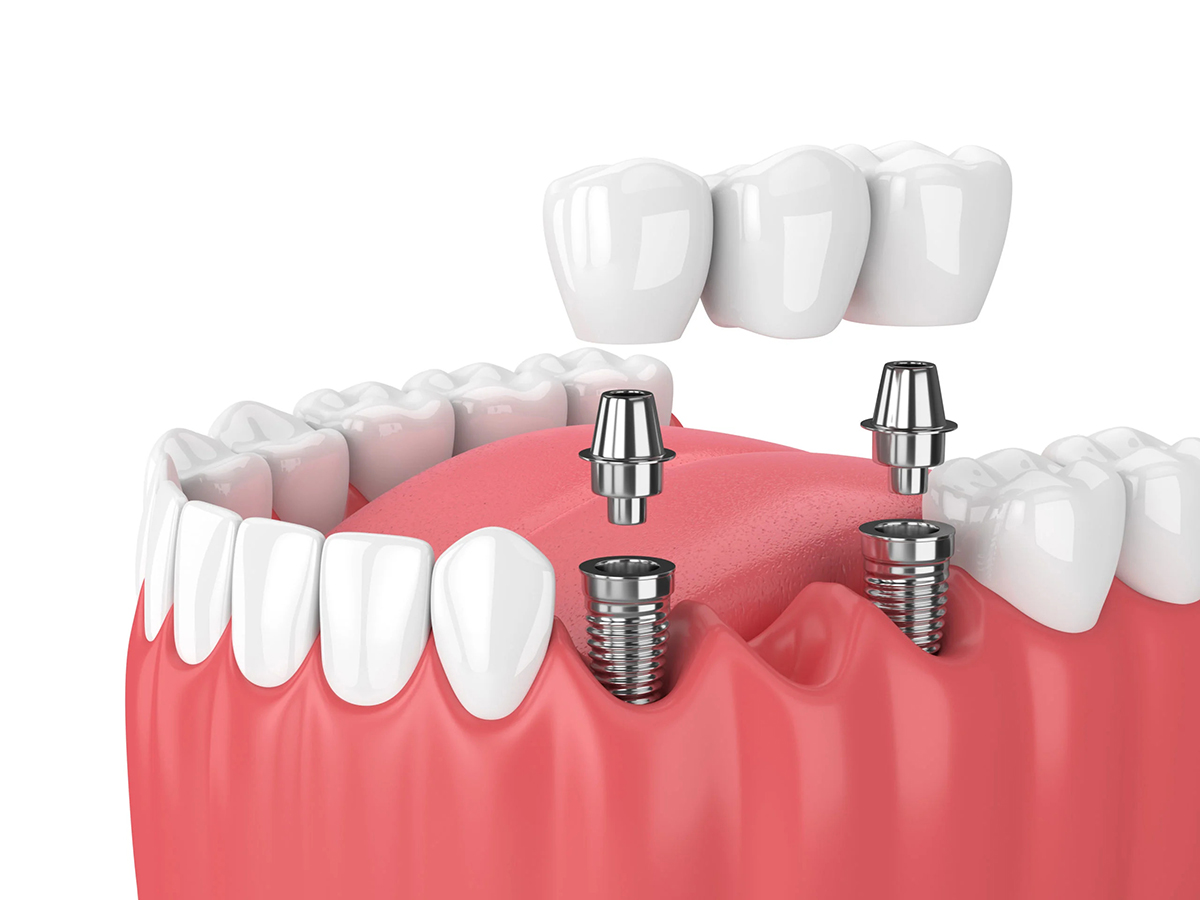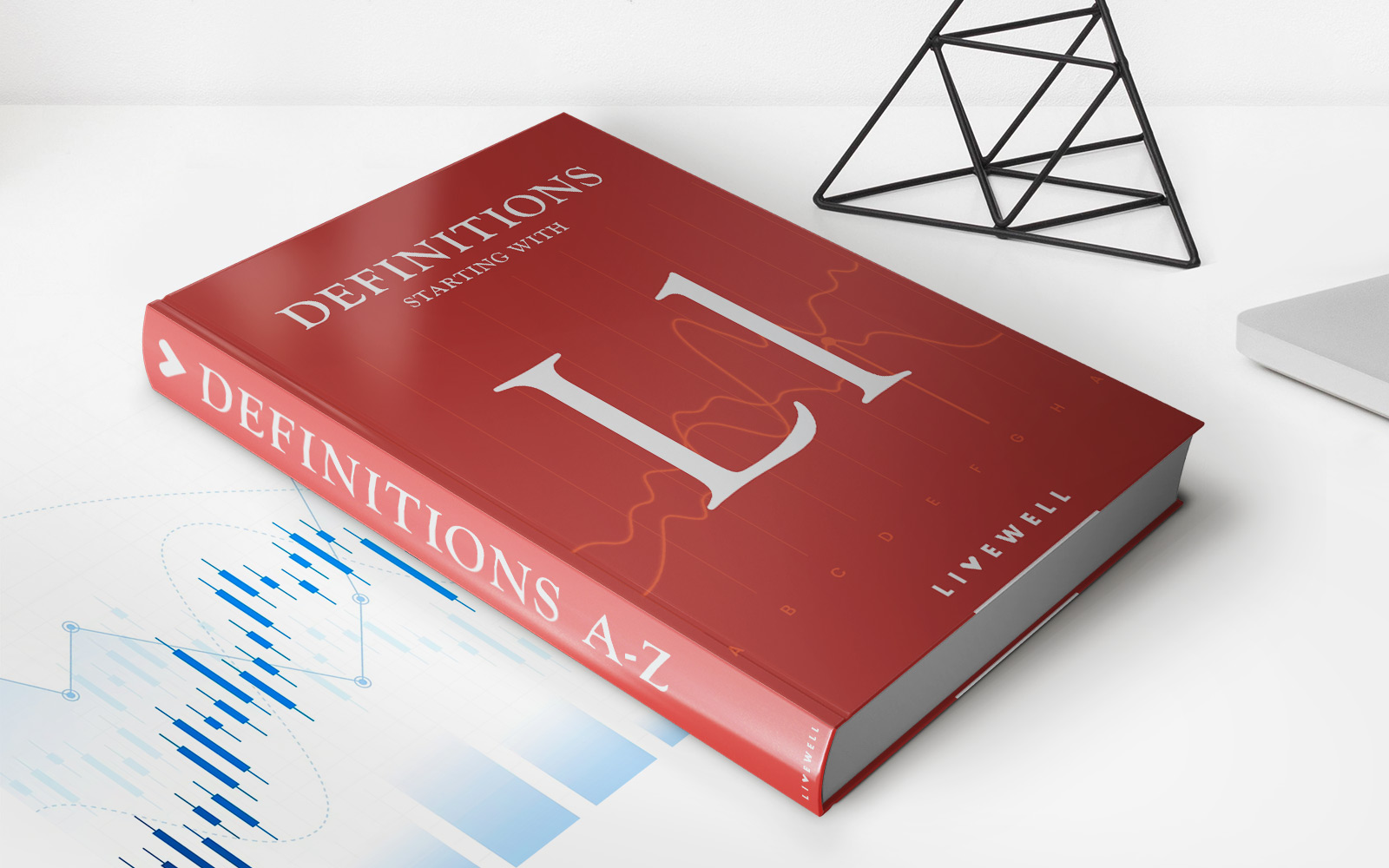Home>Finance>What Is An Annual Maximum Benefit For Dental Insurance


Finance
What Is An Annual Maximum Benefit For Dental Insurance
Modified: December 30, 2023
Learn about annual maximum benefit for dental insurance and how it can affect your finances. Understand the limitations and plan accordingly.
(Many of the links in this article redirect to a specific reviewed product. Your purchase of these products through affiliate links helps to generate commission for LiveWell, at no extra cost. Learn more)
Table of Contents
Introduction
When it comes to dental insurance, understanding the various terms and benefits can sometimes feel overwhelming. One key term that often comes up is the “annual maximum benefit.” But what exactly is an annual maximum benefit for dental insurance, and why is it important?
An annual maximum benefit refers to the maximum amount of money that your dental insurance provider will pay towards your dental expenses within a specific period, usually one year. This maximum benefit amount can vary depending on your insurance plan and provider.
Understanding how the annual maximum benefit works can help you make informed decisions when choosing a dental insurance plan and manage your dental expenses effectively. In this article, we will take a closer look at how the annual maximum benefit works, its importance, limitations, and factors to consider when selecting dental insurance plans with an annual maximum benefit.
By the end of this article, you will have a better understanding of this essential aspect of dental insurance and be able to make informed decisions for your oral healthcare needs.
Understanding Annual Maximum Benefit
The annual maximum benefit is an important component of dental insurance that determines the maximum amount of coverage you can receive in a given year. It is essential to understand this concept to effectively manage your dental expenses and make the most of your insurance coverage.
Insurance providers set a specific dollar amount as the annual maximum benefit. This amount can range from a few hundred dollars to several thousand, depending on your insurance plan. Once you reach or exceed this maximum amount in dental expenses, you will be responsible for paying any additional costs out of pocket.
It’s important to note that the annual maximum benefit applies to a variety of dental procedures, including preventive treatments (such as cleanings and check-ups) and restorative treatments (such as fillings, root canals, or crowns). However, some plans may have separate maximums for different types of treatments.
It is crucial to review your dental insurance plan to understand the specific coverage and limitations associated with the annual maximum benefit. Familiarize yourself with the maximum benefit amount and how it applies to different treatments to avoid any surprises when it comes to your out-of-pocket expenses.
Additionally, keep in mind that the annual maximum benefit typically resets at the beginning of each calendar year. Any unused portion of the maximum benefit amount does not roll over to the following year. Therefore, it’s wise to schedule necessary treatments earlier in the year to maximize your coverage and make the most of your insurance benefits.
Understanding the annual maximum benefit is crucial for effective financial planning when it comes to your dental care. By staying informed, you can make educated decisions about the timing of your treatments and optimize your insurance coverage to minimize out-of-pocket expenses.
How Annual Maximum Benefit Works
Understanding how the annual maximum benefit works is essential to make the most of your dental insurance coverage. Here’s a breakdown of how it typically functions:
1. Coverage Limit: The annual maximum benefit sets a limit on the amount of money your dental insurance provider will pay towards your dental expenses for covered treatments within a specific year.
2. Accumulation: As you receive dental treatments throughout the year, the costs of those treatments are accumulated until they reach the annual maximum benefit amount. Once this limit is reached, you become responsible for paying any further dental expenses out of pocket.
3. Resetting: The annual maximum benefit is typically reset at the start of each calendar year. Any unused portion of the maximum benefit amount does not carry over to the following year, so it’s important to utilize your benefits before they expire.
4. Different Coverage Levels: Dental insurance plans offer different coverage levels, which can affect the annual maximum benefit. Some plans may provide higher benefit amounts, allowing for more extensive dental treatments, while others may have lower maximums that cover only basic preventive care.
5. Plan-Specific Limits: While the annual maximum benefit applies to most dental procedures, it’s important to review your specific insurance plan for any plan-specific limits. Certain treatments or procedures may have separate maximum limits or restrictions within your plan.
6. Out-of-Pocket Expenses: Once you exceed your annual maximum benefit, you will be responsible for paying any additional dental costs out of pocket. Understanding this limit can help you plan for potential expenses and consider budgeting options to cover these costs.
It’s important to note that certain treatments, such as cosmetic procedures, may not be covered under dental insurance or may have separate coverage limitations. Be sure to review your dental insurance policy to understand the coverage details and any exclusions.
By understanding how the annual maximum benefit works, you can strategically plan your dental treatments to make the most of your insurance coverage. Maximizing your benefits during the year can help ensure that you receive the necessary dental care while minimizing your out-of-pocket expenses.
Importance of Annual Maximum Benefit
The annual maximum benefit plays a crucial role in dental insurance and can significantly impact your dental health and finances. Here are some key reasons why the annual maximum benefit is important:
1. Financial Protection: The annual maximum benefit provides a financial safety net by limiting your out-of-pocket expenses for dental treatments. It ensures that you have coverage for a certain amount of dental care within a specific year, reducing the financial burden of unexpected or high-cost procedures.
2. Access to Necessary Treatments: Dental insurance plans typically cover preventive treatments, such as routine cleanings and check-ups, at 100% or a high percentage. However, more extensive procedures, like root canals or crowns, can be costly. The annual maximum benefit allows you to access these necessary treatments while reducing your financial responsibility.
3. Incentive for Regular Dental Care: By having an annual maximum benefit, dental insurance encourages regular dental care. It incentivizes individuals to schedule routine check-ups and cleanings, which can help catch and address oral health issues early on, potentially saving you from more extensive and expensive treatments in the future.
4. Peace of Mind: Knowing that you have an annual maximum benefit gives you peace of mind, knowing that you have a defined coverage limit for dental expenses. This can alleviate concerns about unexpected dental emergencies or the need for major dental work, providing a sense of security for you and your oral health.
5. Cost Management: The annual maximum benefit helps you manage your dental care costs. By having a maximum amount that your insurance provider will cover, you can budget and plan your dental treatments accordingly. It allows you to prioritize and spread out procedures to make the most of your coverage and ensure optimal oral health without straining your finances.
6. Preventive Focus: Dental insurance plans often place a strong emphasis on preventive care, as it promotes better overall oral health and can help avoid more extensive dental procedures in the future. The annual maximum benefit ensures that preventive treatments are covered without requiring significant out-of-pocket expenses, encouraging individuals to prioritize preventive care.
Understanding the importance of the annual maximum benefit can help you make informed decisions about your dental insurance coverage and oral health. By maximizing your benefits, you can receive vital dental care, maintain optimal oral health, and manage your dental expenses effectively.
Limitations of Annual Maximum Benefit
While the annual maximum benefit in dental insurance provides valuable coverage, it is important to be aware of its limitations. Here are some key limitations to consider:
1. Coverage Restrictions: The annual maximum benefit may have specific coverage restrictions or limitations. Certain treatments, such as cosmetic procedures or orthodontics, may have separate coverage limits or may not be covered at all. It’s essential to review your insurance policy to understand what treatments are included and excluded from the annual maximum benefit.
2. Out-of-Pocket Expenses: Once you reach or exceed the annual maximum benefit, any additional dental expenses become your responsibility. This can result in significant out-of-pocket costs, particularly for more extensive or specialized dental treatments. It’s important to budget and plan accordingly to cover these expenses if they arise.
3. Time Constraints: The annual maximum benefit typically resets at the beginning of each calendar year. This means that any unused portion of the maximum benefit does not carry over to the next year. If you have pending dental treatments towards the end of the year, it may be more cost-effective to schedule them earlier to maximize your coverage.
4. Varying Benefit Amounts: Dental insurance plans can have different annual maximum benefit amounts. While some plans may offer higher coverage limits, others may provide more basic coverage. It’s essential to understand the benefit amount of your specific plan to align it with your dental needs and financial considerations.
5. Plan Limitations: Each insurance plan may have its own set of limitations regarding the annual maximum benefit. It’s crucial to review the policy documents and understand any exclusions, waiting periods, or restrictions associated with the benefit to avoid surprises or misunderstandings.
6. No Rollover: Unused portions of the annual maximum benefit do not carry over to the following year. If you do not utilize your benefits within the year, you will forfeit the unused coverage. To make the most of your dental insurance, it’s advisable to schedule necessary treatments and preventive care earlier in the year.
Understanding the limitations of the annual maximum benefit can help you make informed decisions about your dental treatments and manage your dental expenses effectively. By considering these limitations, you can plan accordingly, maximize your coverage, and make the most of your dental insurance benefits.
Factors to Consider When Choosing Dental Insurance Plans with Annual Maximum Benefit
When selecting a dental insurance plan with an annual maximum benefit, there are several important factors to consider. Taking these factors into account will help you choose a plan that aligns with your dental needs and financial considerations. Here are some key factors to consider:
1. Annual Maximum Benefit Amount: Compare the maximum benefit amounts offered by different dental insurance plans. Consider your oral health needs and the likelihood of requiring extensive treatments. If you anticipate needing more costly treatments, a higher maximum benefit amount may be more suitable for your needs.
2. Coverage and Exclusions: Review the specific treatments and procedures covered by the dental insurance plan. Make sure the plan covers the treatments you commonly require or anticipate needing in the near future. Also, take note of any exclusions or limitations that may affect coverage for certain procedures.
3. Network of Dentists: Determine if the dental insurance plan has a network of dentists in your area. Having access to a wide network of providers can give you flexibility in choosing a dentist and increase the likelihood of finding a provider you are comfortable with. Make sure to verify if your preferred dentist is included in the plan’s network.
4. Cost-sharing and Co-payments: Consider the cost-sharing arrangement and co-payments associated with the dental insurance plan. Review the percentage of coverage the plan offers for different treatments and procedures. Determine if the co-payments are reasonable and if you can comfortably afford them.
5. Waiting Periods: Some dental insurance plans may have waiting periods before certain treatments, such as major dental work, are covered. Evaluate if the waiting periods align with your anticipated dental needs. If you require immediate treatment, you may want to choose a plan with minimal or no waiting periods.
6. Additional Benefits: Explore any additional benefits offered by the dental insurance plan. These benefits may include coverage for orthodontics, cosmetic procedures, or discounts on certain services. Assess if these additional benefits are relevant to your dental needs and if they provide added value to your coverage.
7. Premiums and Affordability: Consider the cost of the dental insurance plan’s premiums. Compare the premium amounts with the level of coverage provided and the maximum benefit amount. Assess if the premiums are affordable and fit within your budget, ensuring you can sustain the coverage long-term without financial strain.
Seeking clarification from insurance providers and reviewing plan documents can help you gain a clearer understanding of these factors. By carefully considering these factors, you can choose a dental insurance plan with an annual maximum benefit that meets your dental needs and offers financial security.
Conclusion
Dental insurance plans with an annual maximum benefit play a vital role in providing financial protection and access to necessary dental treatments. Understanding how the annual maximum benefit works and its importance can help you make informed decisions about your dental insurance coverage.
When choosing dental insurance plans with an annual maximum benefit, consider factors such as the maximum benefit amount, coverage and exclusions, network of dentists, cost-sharing, waiting periods, additional benefits, and affordability. Evaluating these factors will help you select a plan that aligns with your dental needs and financial situation.
While the annual maximum benefit provides valuable coverage, it’s essential to be aware of the limitations. Understand any coverage restrictions, out-of-pocket expenses, time constraints, varying benefit amounts, plan limitations, and the absence of rollover for unused benefits.
By maximizing your dental insurance benefits, you can access necessary treatments, prioritize preventive care, and effectively manage your dental expenses. Regular dental check-ups and cleanings can help catch and address oral health issues early on, potentially preventing the need for more extensive treatments in the future.
Remember, dental insurance is a valuable tool to support your oral health, but it’s equally important to maintain good dental hygiene practices and visit your dentist regularly. By combining proper oral care with the benefits of dental insurance, you can enjoy a healthy smile and enhance your overall well-being.
Ultimately, choosing the right dental insurance plan with an annual maximum benefit is a personal decision that depends on your specific dental needs, financial situation, and priorities. Take the time to compare different plans, review policy details, and ask questions to ensure you make an informed choice that provides the coverage and peace of mind you deserve.














